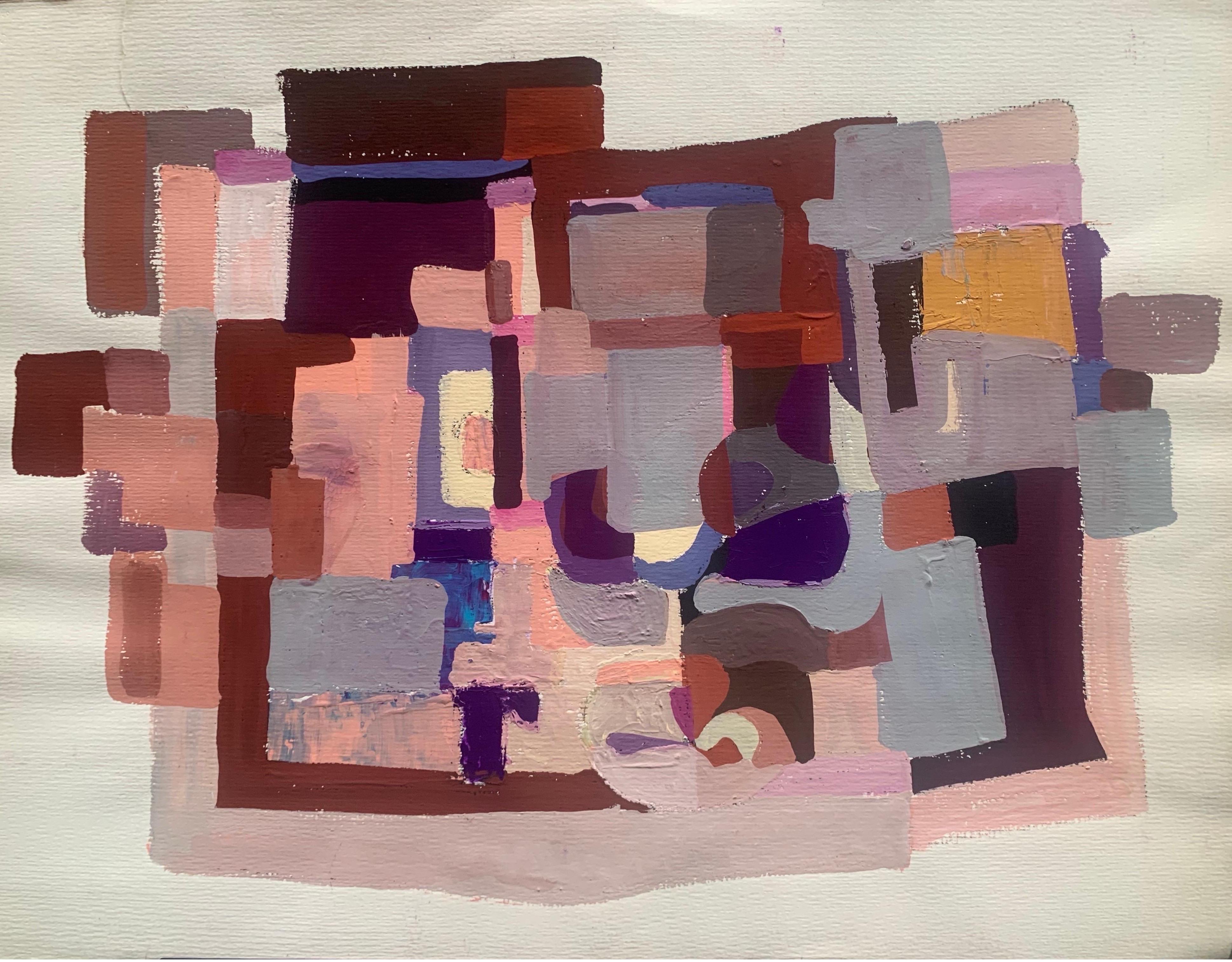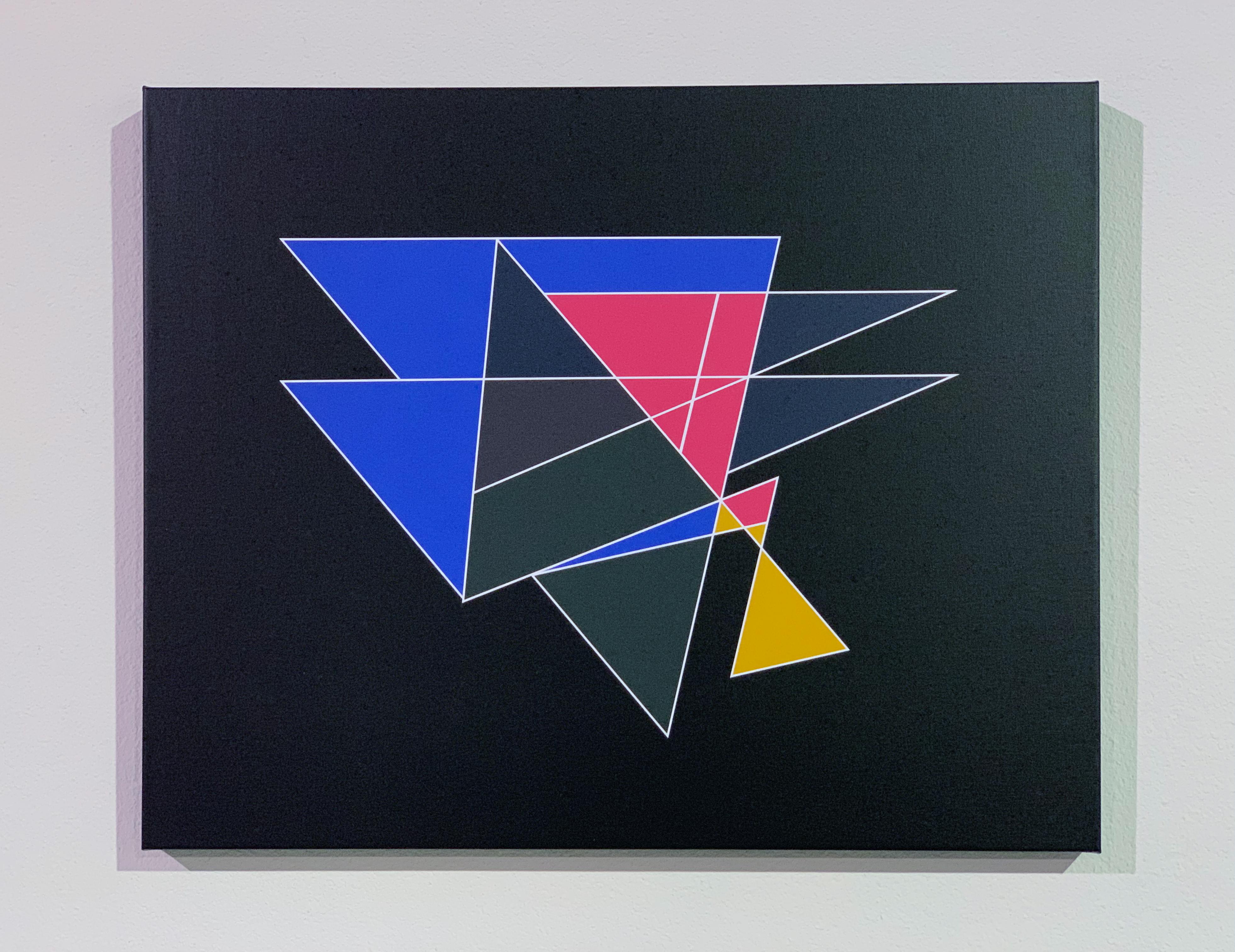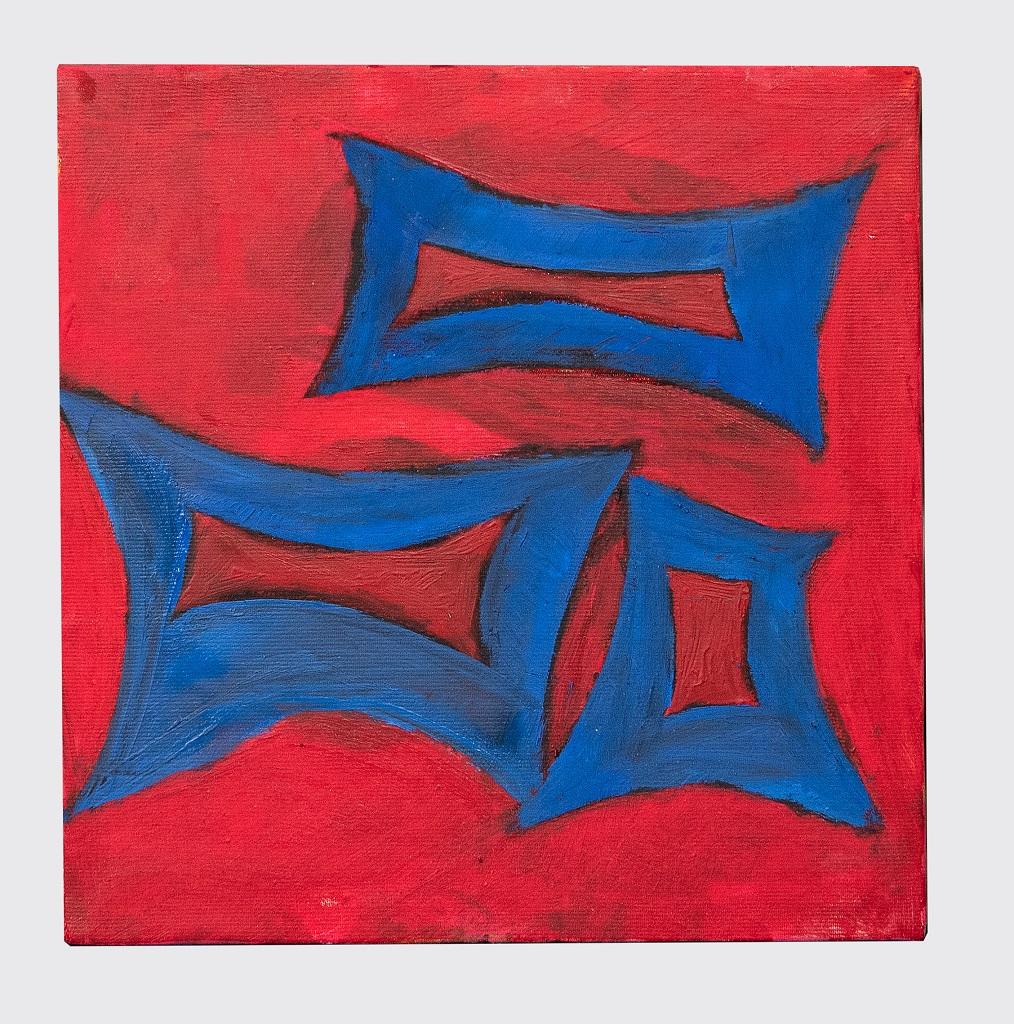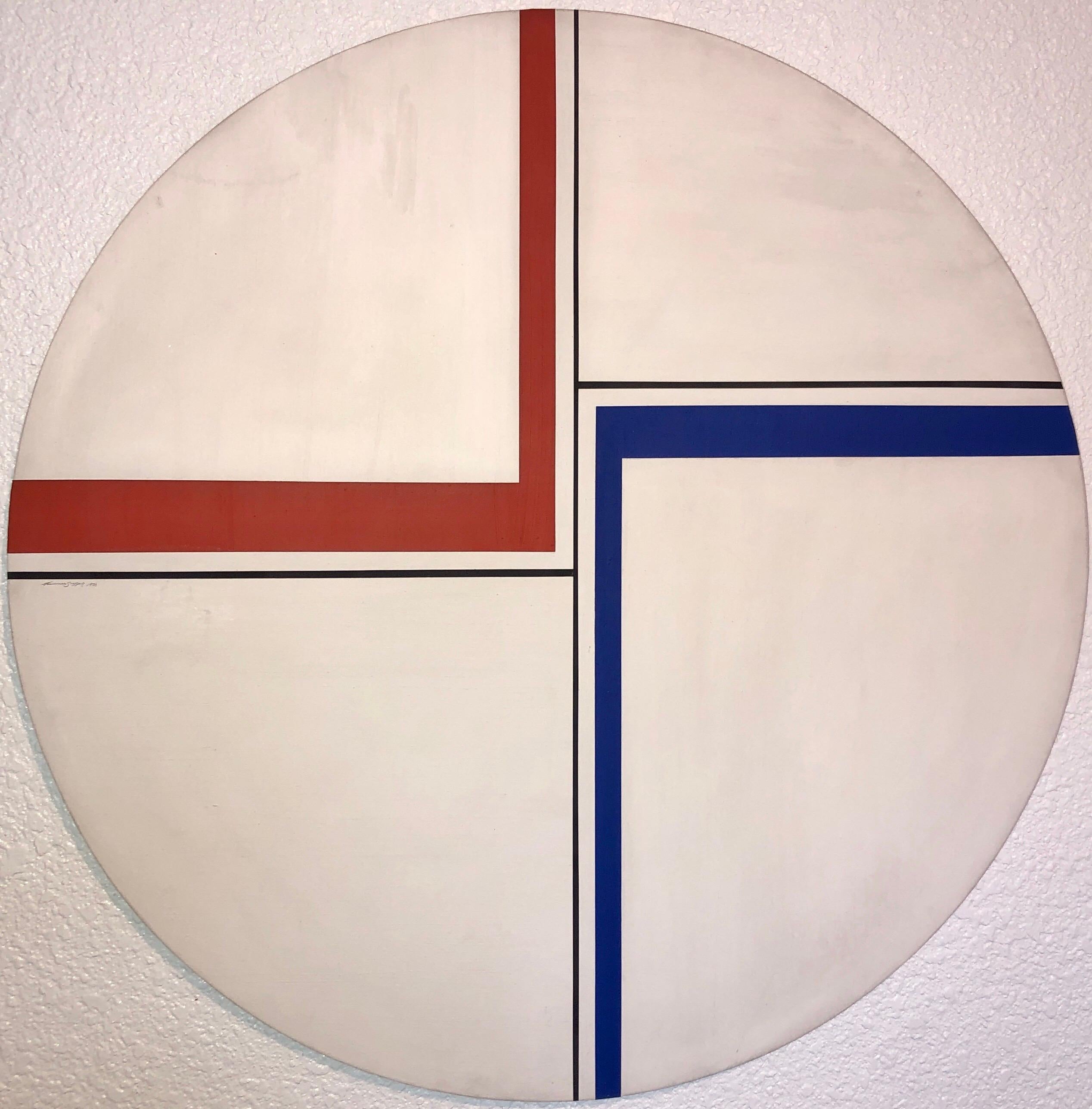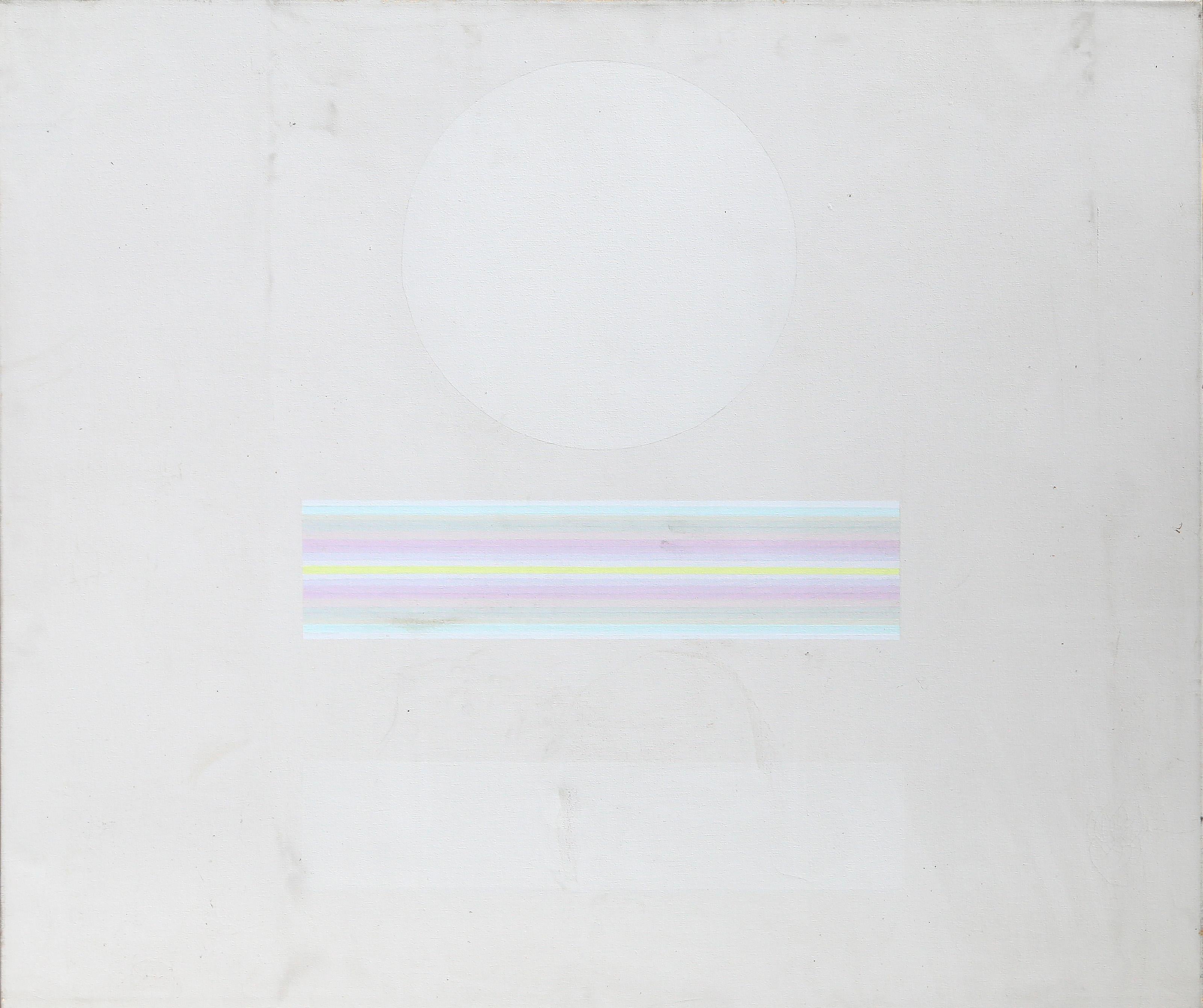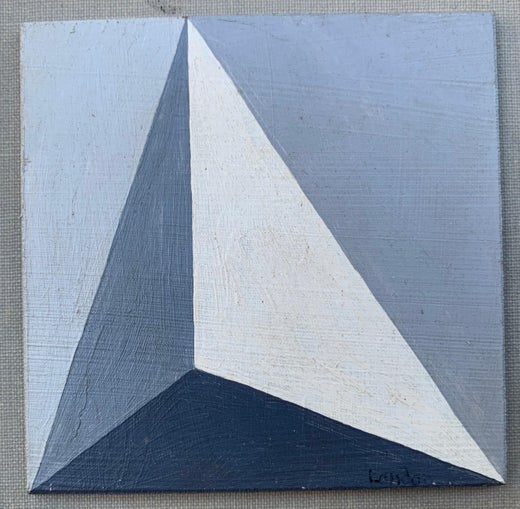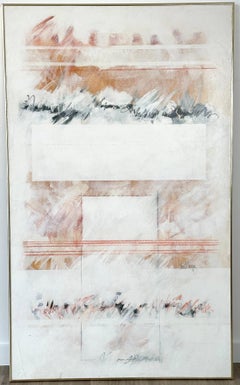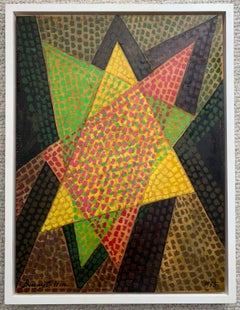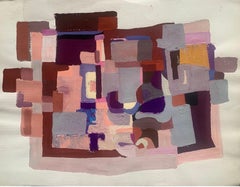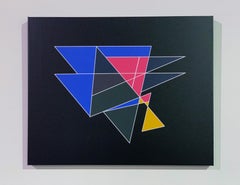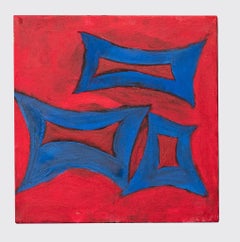Edward LandonUntitled (Hard Edge minimalist abstraction)ca. 1960
ca. 1960
About the Item
- Creator:Edward Landon (1911 - 1984, American)
- Creation Year:ca. 1960
- Dimensions:Height: 4 in (10.16 cm)Width: 4 in (10.16 cm)Depth: 0.5 in (1.27 cm)
- Medium:
- Movement & Style:
- Period:
- Condition:
- Gallery Location:Wilton Manors, FL
- Reference Number:1stDibs: LU24528933852
Edward Landon
Edward Landon studied at both the Hartford Art School and the Art Students League. He was a pioneer in elevating silkscreen to the level of fine art and was one of the founding members of the National Serigraph Society. He served as president of the society and as editor of its publication, The Serigraph Quarterly. Landon was also a musician, and many of his subjects have the musical theme as their inspiration. In 1950, he was awarded a "Fulbright" grant to study in Norway, where he lectured on serigraphy and arranged exhibitions of the serigraph. Landon was widely exhibited at many of the leading museums, including the Metropolitan Museum of Art.
- ShippingRetrieving quote...Shipping from: Wilton Manors, FL
- Return Policy
More From This Seller
View All1970s Minimalist Abstract Paintings
Canvas, Oil
1960s Hard-Edge Abstract Paintings
Canvas, Oil
Mid-20th Century Abstract Geometric Abstract Paintings
Oil, Wood Panel
1970s Minimalist Abstract Paintings
Acrylic, Handmade Paper
Mid-20th Century Abstract Geometric Abstract Paintings
Oil
Mid-20th Century Abstract Expressionist Abstract Paintings
Canvas, Oil
You May Also Like
1990s Contemporary Abstract Paintings
Canvas, Mixed Media, Oil, Board
Late 20th Century Abstract Geometric Abstract Paintings
Paper, Gouache
1970s Abstract Geometric Mixed Media
Canvas, Archival Ink
2010s Abstract Abstract Paintings
Oil, Canvas
1970s Abstract Geometric Abstract Paintings
Canvas, Oil
1970s Abstract Geometric Abstract Paintings
Oil

